True maverick: a Yale show explores the experimental work of Oskar Hansen

Polish architect Oskar Hansen, a key member of Team 10, one of the first groups critical of modernism’s strict orthodoxy, was the definition of a maverick. He espoused engaging and enabling building users, rather than preaching to and dictating their behaviour, and he praised openness and radical flexibility instead of dogma and strict systems. He paid for it in many ways, subjecting himself to ridicule and severely limiting his commissions, but in the process he laid the foundations for a new way of thinking about the built world. 'Open Form', at the Yale School of Architecture’s Paul Rudolph Hall, charts much of his work and career, and lays out the case for thinking (very) differently.
In an homage to Hansen’s Open Form theory, which, among other things, flipped the established hierarchy between artist and viewer, the show (which has also shown in Barcelona and Porto) is loosely organised, and can be approached in a variety of ways, both physically and intellectually. Inspired by Hansen’s 1957 solo show in the salon of the Warsaw newspaper Po Prostu, the Yale exhibition employs horizontal and vertical platforms as well as a scaffold-like steel and wood 'choke chain' structure hovering above to loosely group the content into the varied phases of Hansen’s career. Theme-based sections, filled with models, drawings, installations and ephemera, range from 'Architect as a Curator', about Hansen’s malleable exhibition and installation work, to 'Art and Didactics', about his efforts to rethink teaching, learning, and even school bureaucracy as a professor at the Warsaw Academy of Fine Arts.
Highlights of the show (and there are many), include the drawings, sketches, and maps for Hansen’s unrealised 'Linear Continuous System', a proposal to establish linear, decentralised cities running throughout Poland and the rest of Europe. Their outlines would trace rivers and other geological boundaries, and their forms would allow all residents to have equal access to sunlight and green space. On a far smaller scale are Hansen’s many temporary pavilions, such as 'My Place My Music' (designed with his wife Zofia) for the Warsaw Contemporary Music Festival, a tensile steel structure embedded with speakers that would allow users to compose their own works (and break the rigid divisions between orchestra and audience) by walking from one musical piece to another. Many other works similarly removed long-established norms, from where people should sit at a play to whether walls could be removed from a house to accommodate changes.
For Hansen, points out show curator Aleksandra Kedziorek, the architect’s role was to create a 'perceptive background', or a frame to expose what users are capable of. It’s an ego-less approach that remains as refreshing and useful today as it did when Hansen was upending norms of teaching, building and living. 'It’s the idea that the creative process can be an ongoing communication, not a lecture,' sums up Kedziorek. This could sometimes lead to chaos, but it also opened up untold creativity and a much-needed sense of collectivity that, ironically, could be argued to be as lacking in Communist Poland as it is in our world.
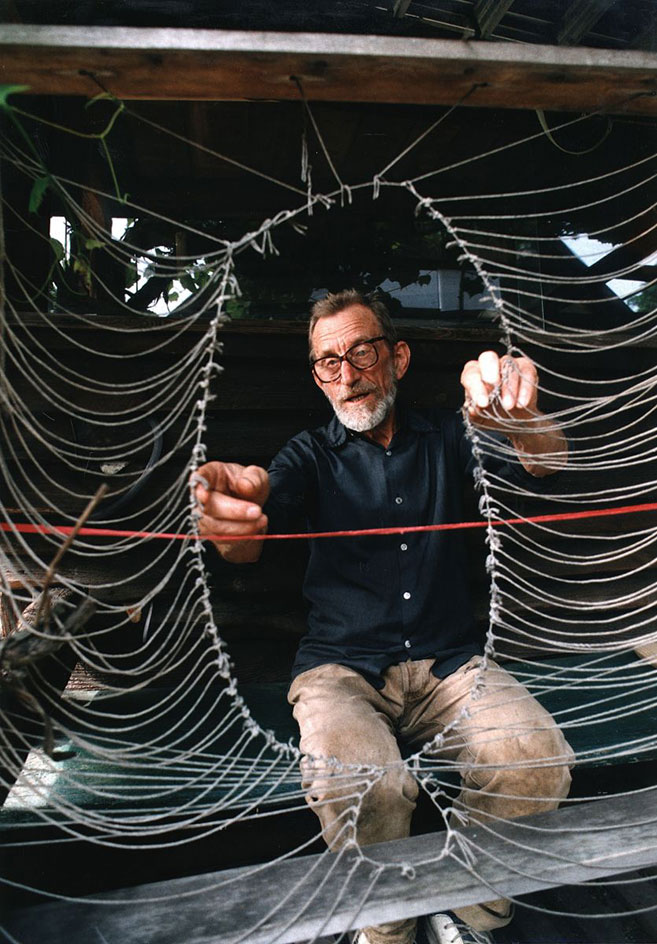
The man himself, photographed in 1986. Photography: Erazm Ciołek. Copyright East News Poland
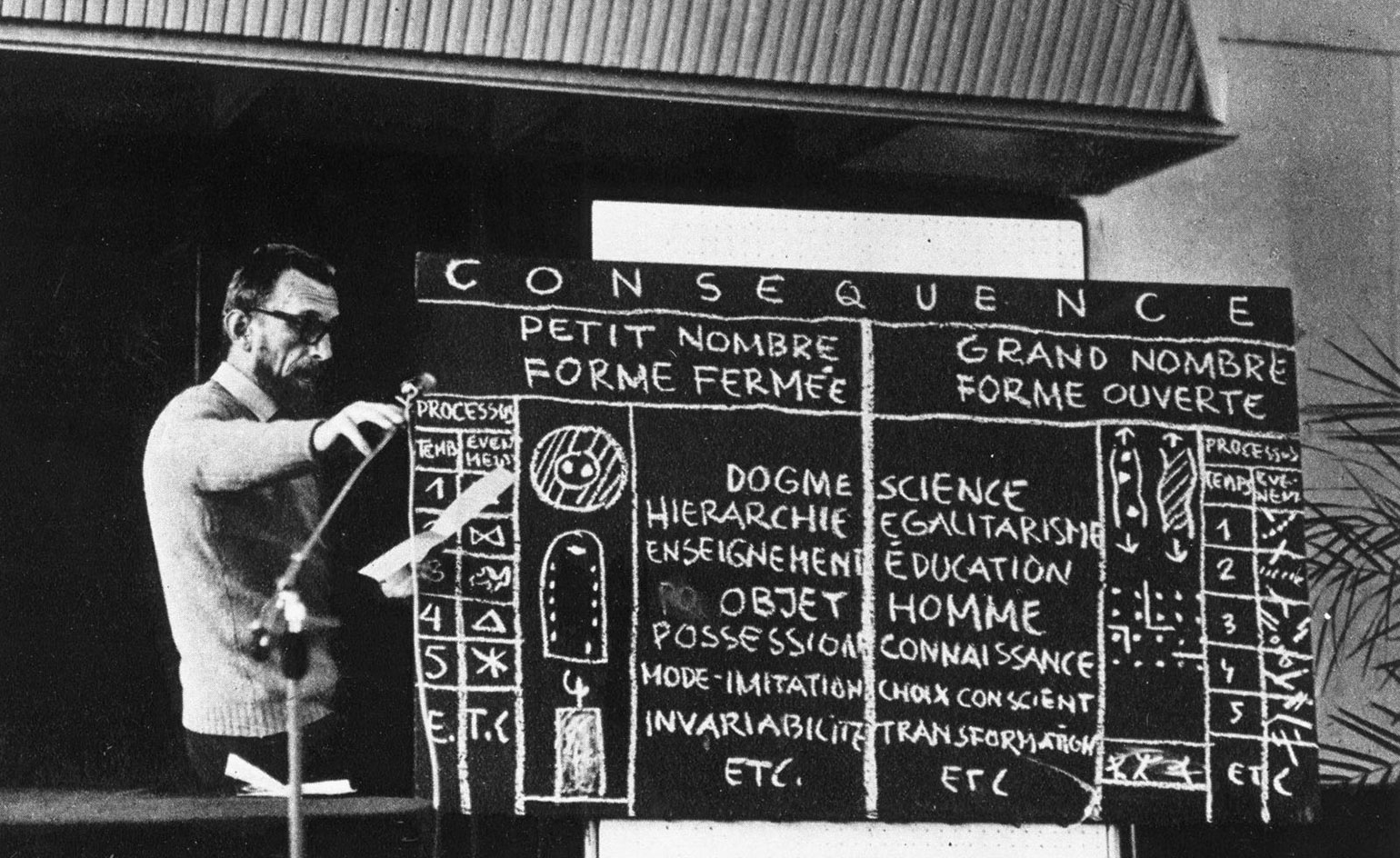
Hansen at the AICA congress in Wroclaw in 1975. Photography: Warsaw Academy of Fine Arts Museum
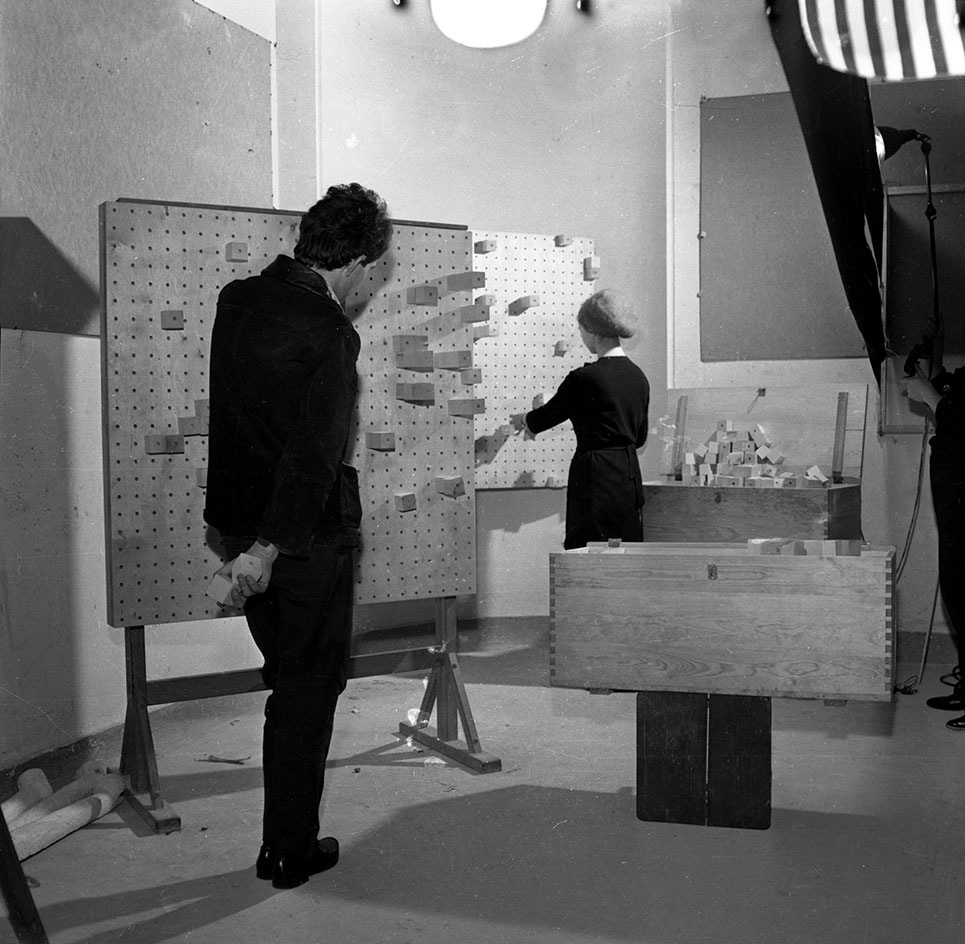
Students in the architect's studio, doing the 'Great Number' exercise. Photography: Warsaw Academy of Fine Arts Museum
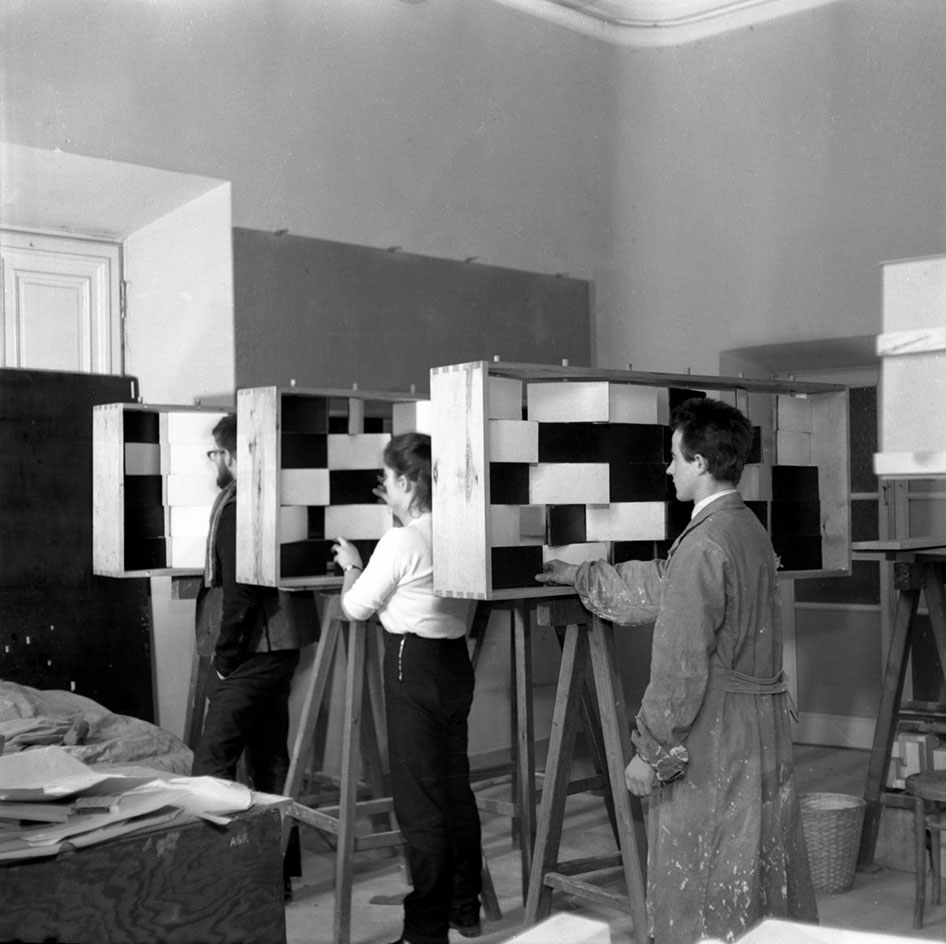
Similarly, students in Hansen’s studio, with apparatuses for a 'Rhythm' exercise. Photography: Warsaw Academy of Fine Arts Museum
INFORMATION
'Oskar Hansen: Open Form' will be on view until 17 December. For more information, visit the Yale School of Architecture website
ADDRESS
Yale School of Architecture
Rudolph Hall
180 York Street
New Haven, CT 06511
Receive our daily digest of inspiration, escapism and design stories from around the world direct to your inbox.
-
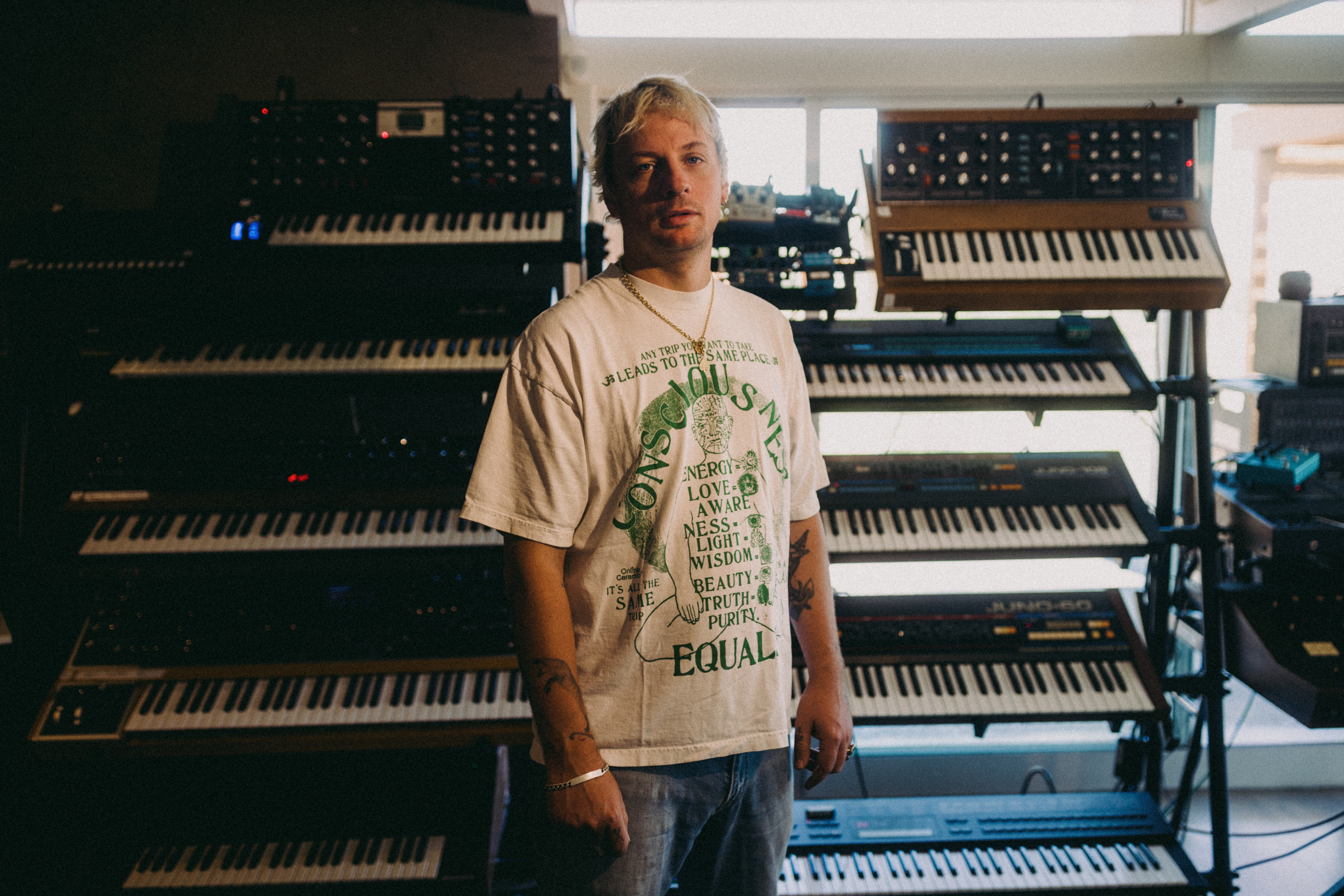 Curtains up, Kid Harpoon rethinks the sound of Broadway production ‘Art’
Curtains up, Kid Harpoon rethinks the sound of Broadway production ‘Art’He’s crafted hits with Harry Styles and Miley Cyrus; now songwriter and producer Kid Harpoon (aka Tom Hull) tells us about composing the music for the new, all-star Broadway revival of Yasmina Reza’s play ‘Art’
-
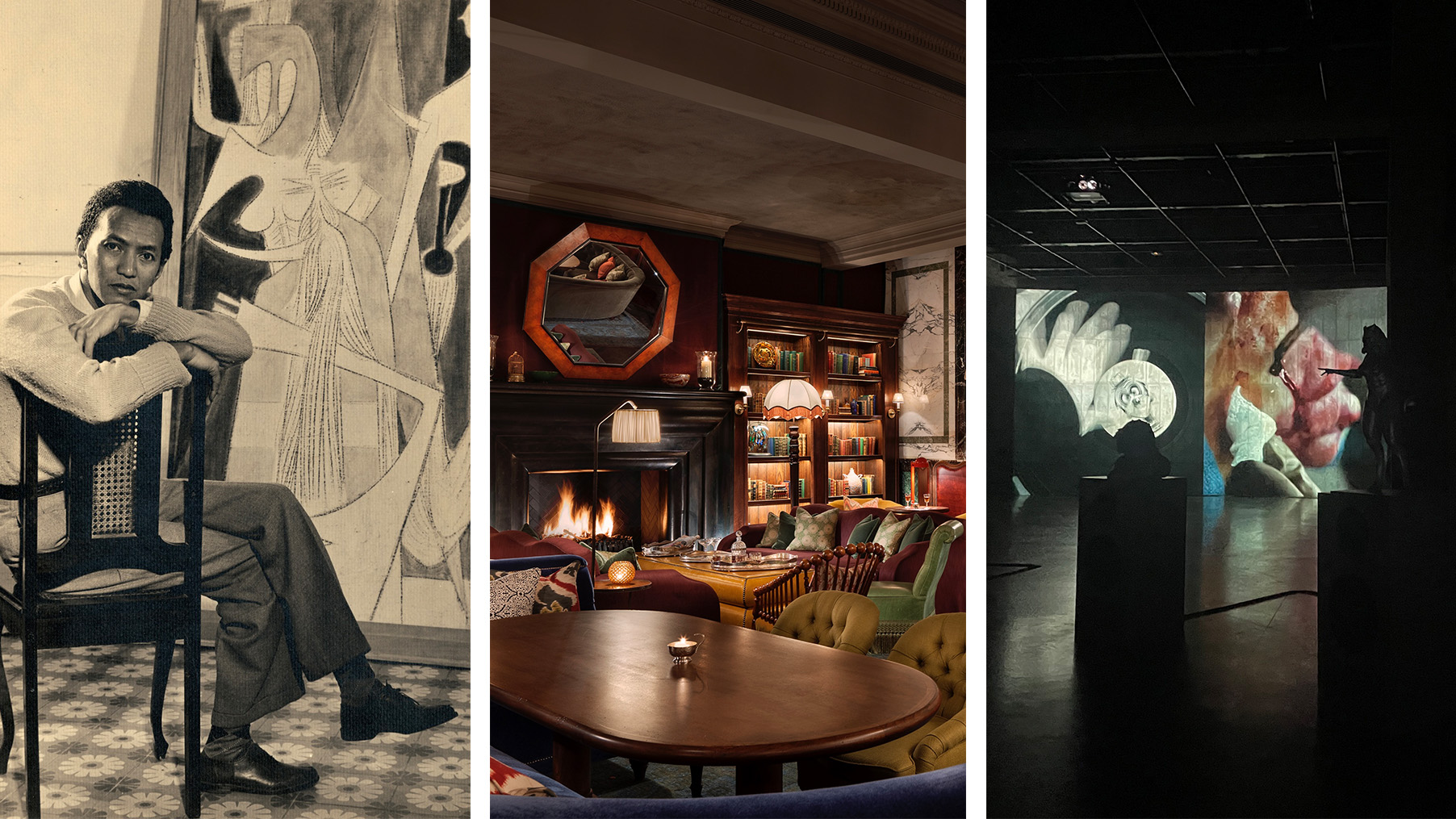 Out of office: the Wallpaper* editors’ picks of the week
Out of office: the Wallpaper* editors’ picks of the weekHere in the UK, summer seems to be fading fast. Moody skies and showers called for early-autumn rituals for the Wallpaper* team: retreating into the depths of the Tate Modern, slipping into shadowy cocktail bars, and curling up with a good book
-
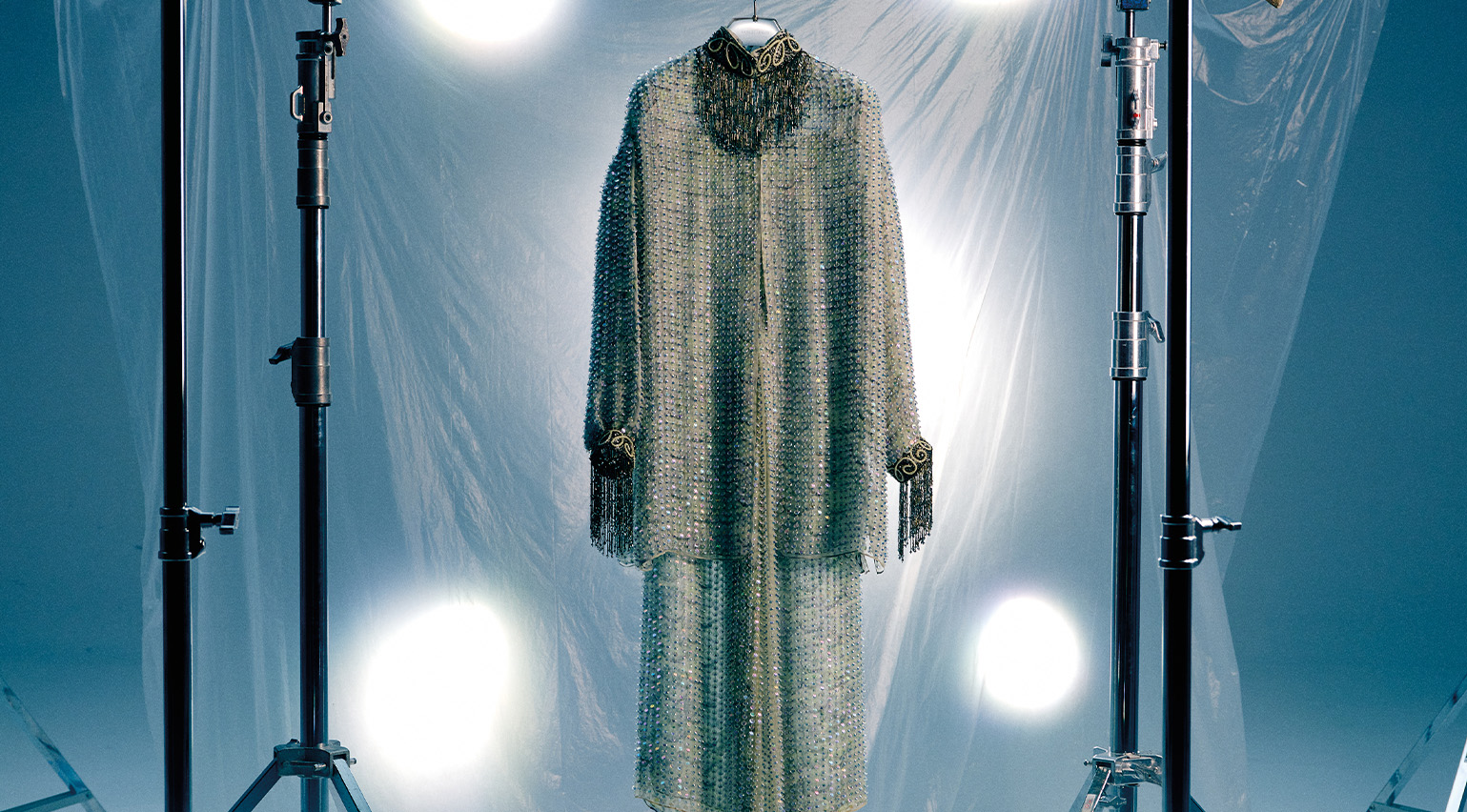 To celebrate 50 years in business, Giorgio Armani is opening up his extraordinary archive to everybody
To celebrate 50 years in business, Giorgio Armani is opening up his extraordinary archive to everybodyLaunched at the Venice Film Festival, Armani/Archivio is a digital archive charting 50 years of Giorgio Armani through the house’s most memorable designs
-
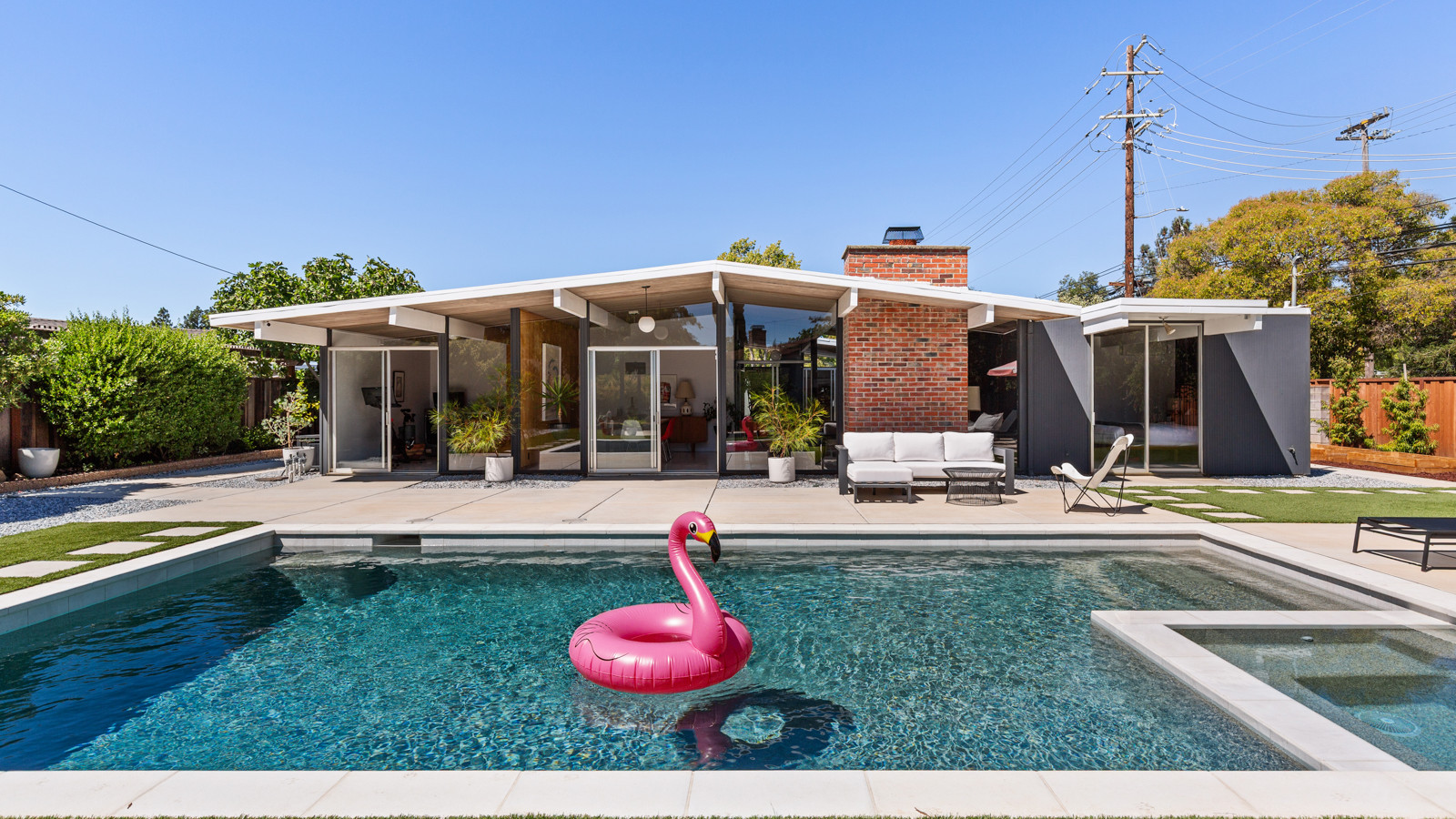 A restored Eichler home is a peerless piece of West Coast midcentury modernism
A restored Eichler home is a peerless piece of West Coast midcentury modernismWe explore an Eichler home, and Californian developer Joseph Eichler’s legacy of design, as a fine example of his progressive house-building programme hits the market
-
 The Architecture Edit: Wallpaper’s houses of the month
The Architecture Edit: Wallpaper’s houses of the monthWallpaper* has spotlighted an array of remarkable architecture in the past month – from a pink desert home to structures that appears to float above the ground. These are the houses and buildings that most captured our attention in August 2025
-
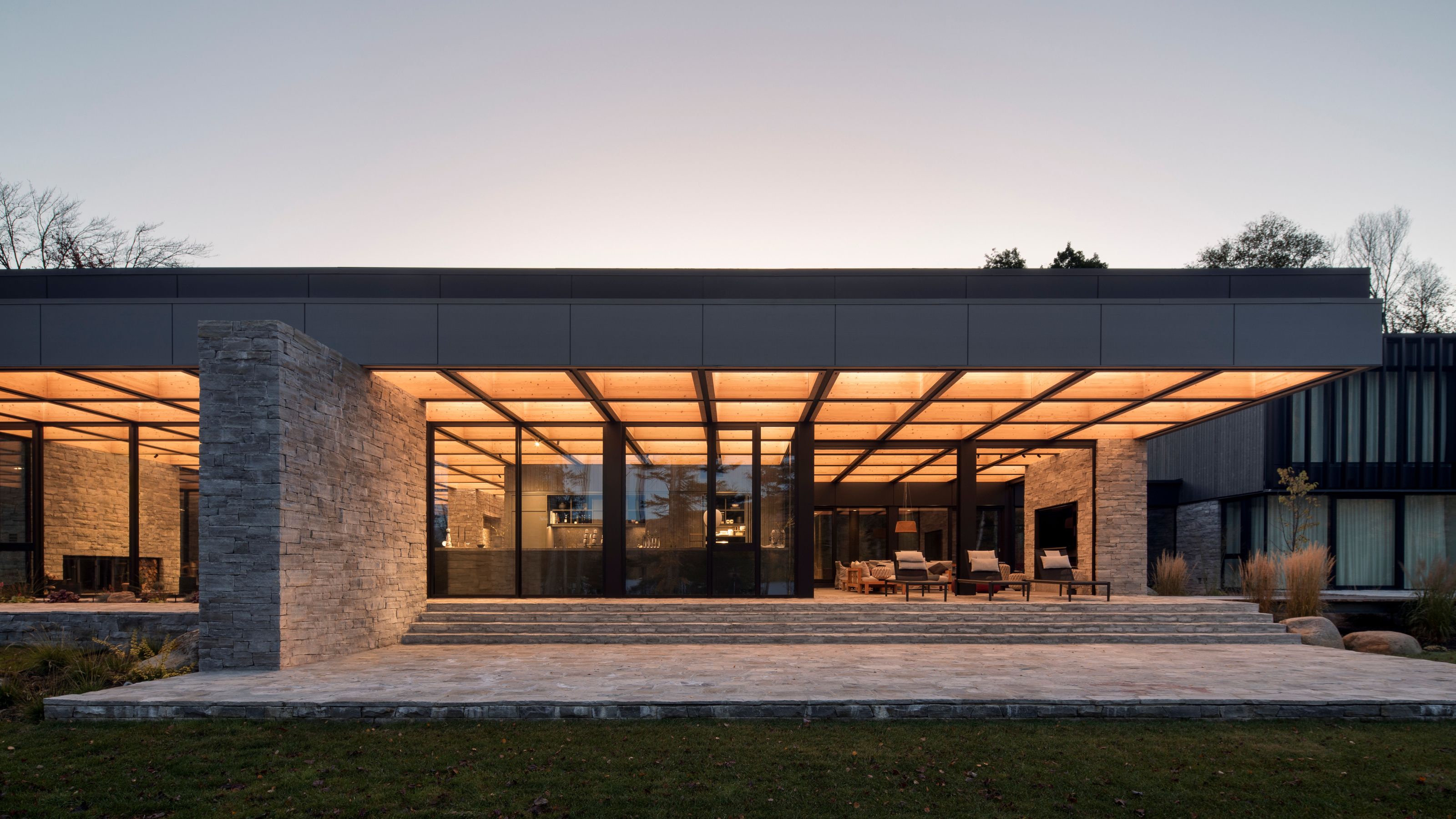 La Maison de la Baie de l’Ours melds modernism into the shores of a Québécois lake
La Maison de la Baie de l’Ours melds modernism into the shores of a Québécois lakeACDF Architecture’s grand family retreat in Quebec offers a series of flowing living spaces and private bedrooms beneath a monumental wooden roof
-
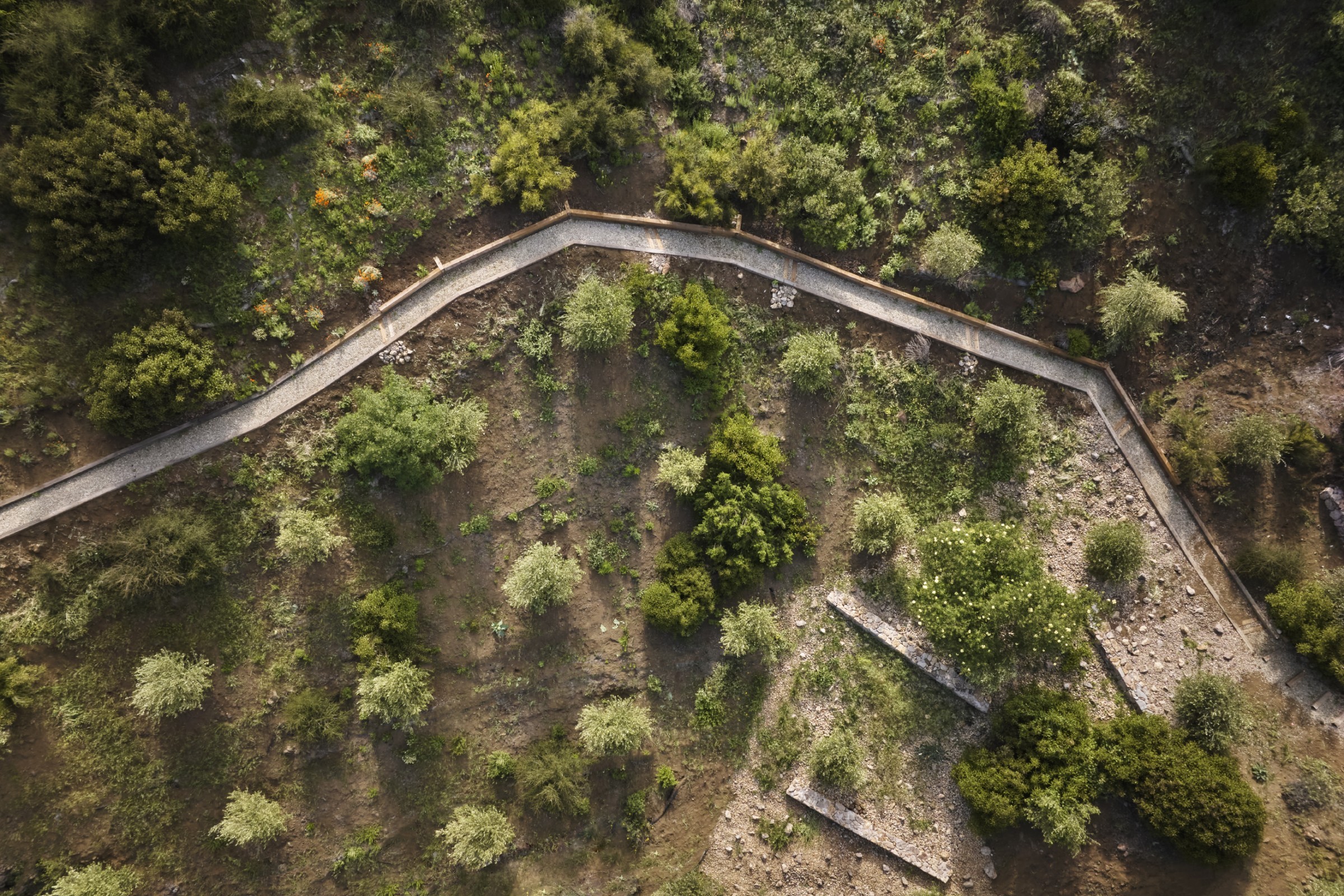 How LA's Terremoto brings 'historic architecture into its next era through revitalising the landscapes around them'
How LA's Terremoto brings 'historic architecture into its next era through revitalising the landscapes around them'Terremoto, the Los Angeles and San Francisco collective landscape architecture studio, shakes up the industry through openness and design passion
-
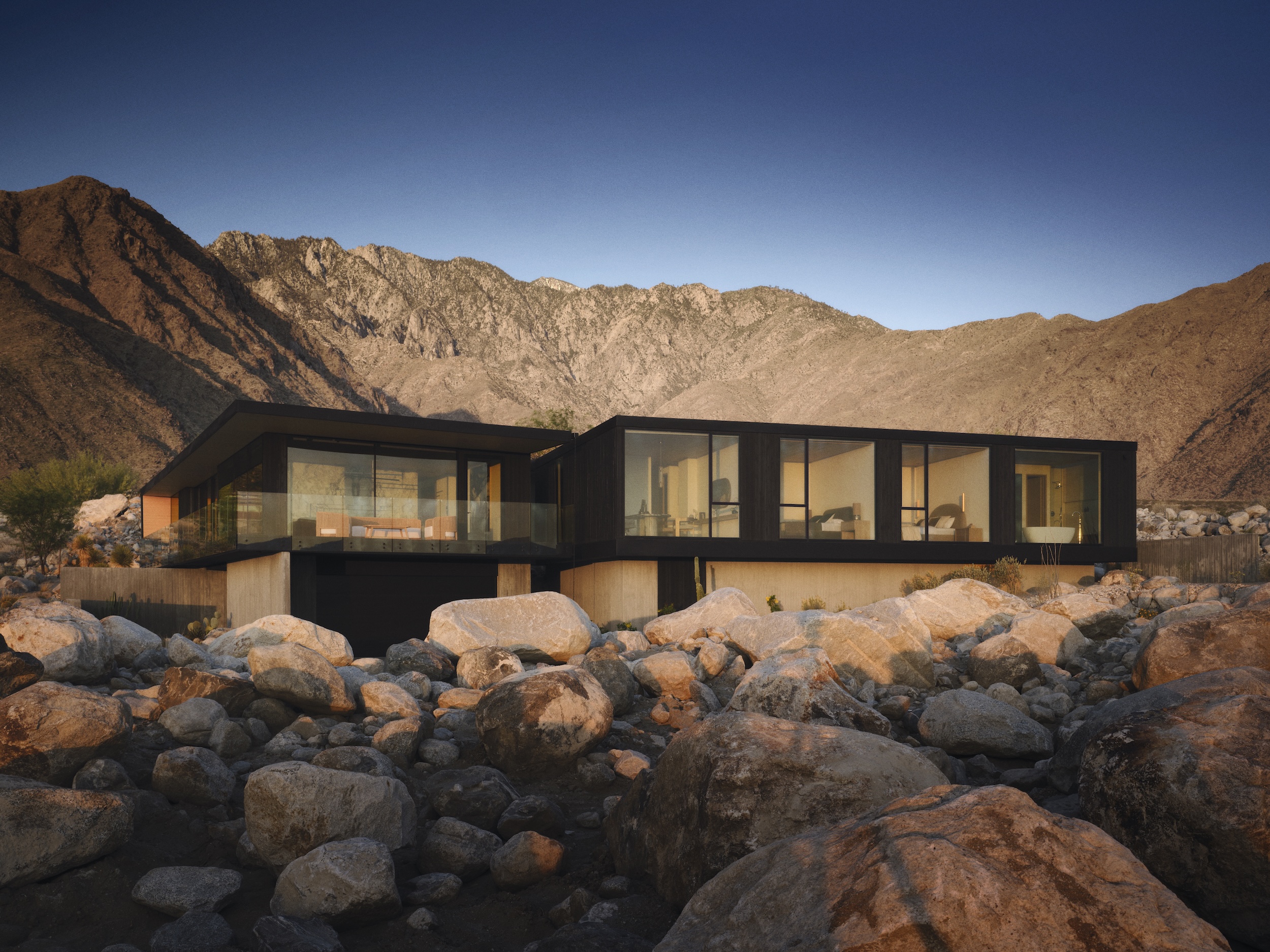 This cinematic home in Palm Springs sets a new standard for Desert Modern design
This cinematic home in Palm Springs sets a new standard for Desert Modern designJill Lewis Architecture and landscape architecture firm Hoerr Schaudt joined forces to envision an exceptional sanctuary
-
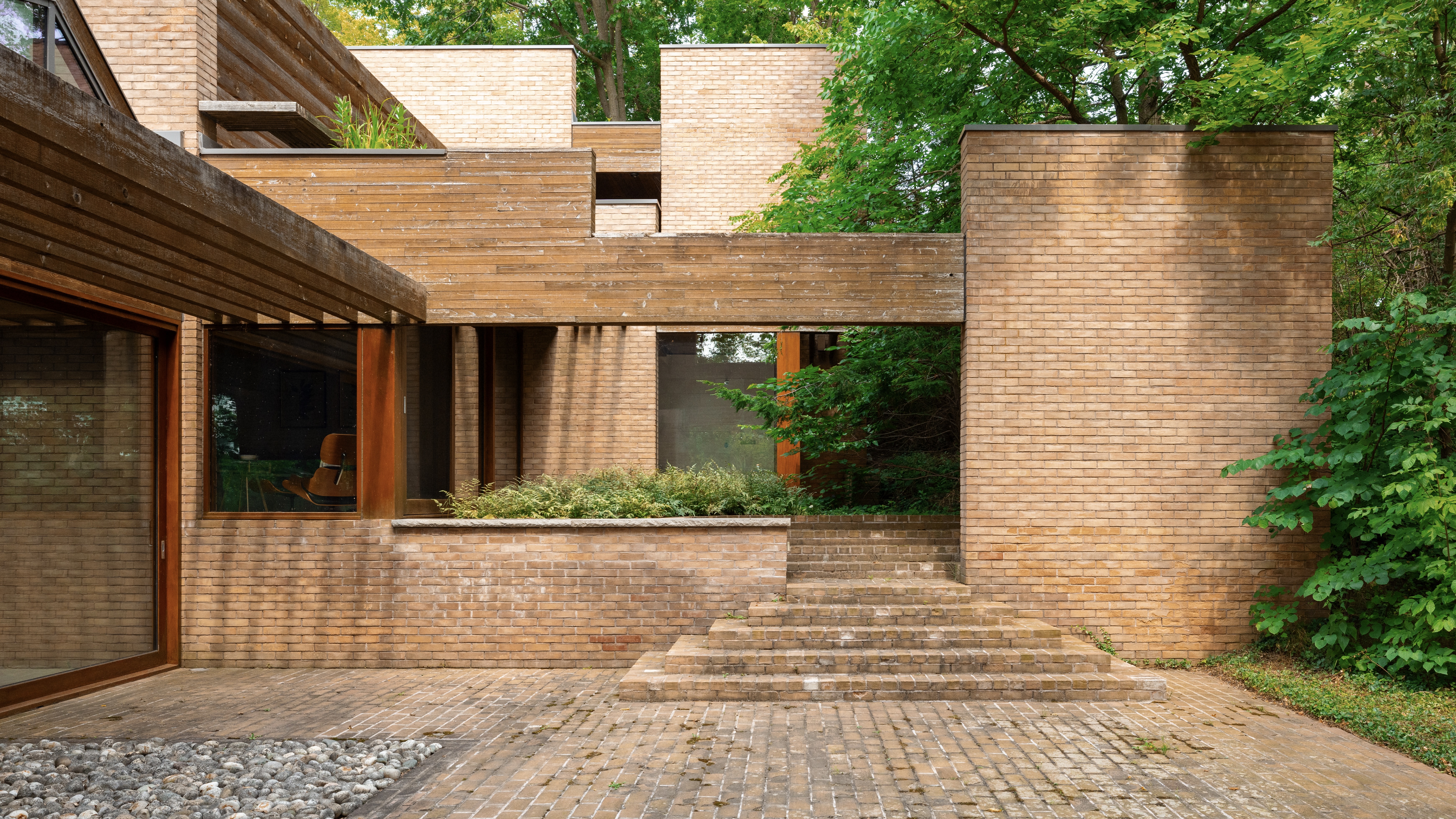 Hilborn House, one of Arthur Erickson’s few residential projects, is now on the market
Hilborn House, one of Arthur Erickson’s few residential projects, is now on the marketThe home, first sketched on an envelope at Montreal Airport, feels like a museum of modernist shapes, natural materials and indoor-outdoor living
-
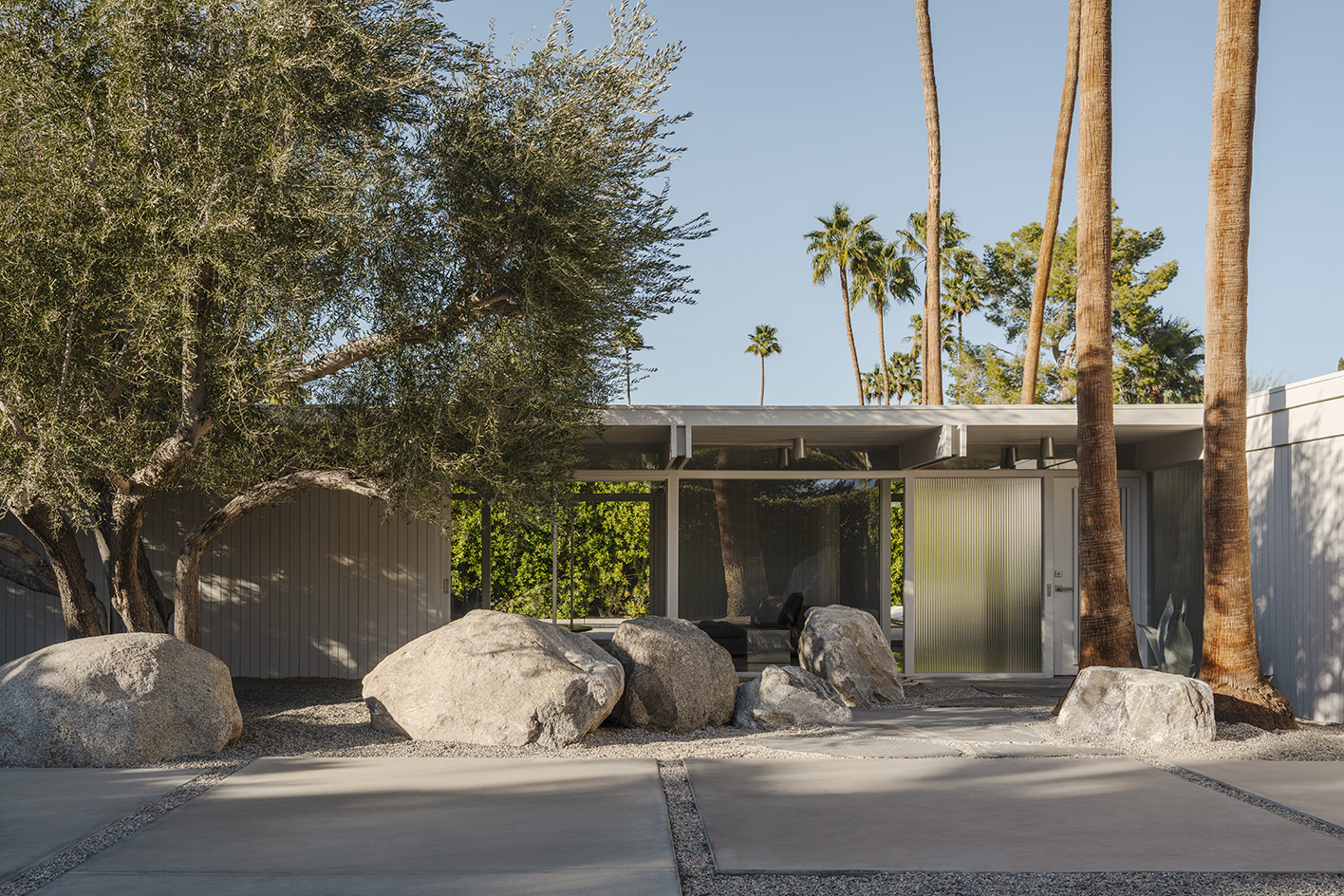 Inside a Donald Wexler house so magical, its owner bought it twice
Inside a Donald Wexler house so magical, its owner bought it twiceSo transfixed was Daniel Patrick Giles, founder of fragrance brand Perfumehead, he's even created a special scent devoted to it
-
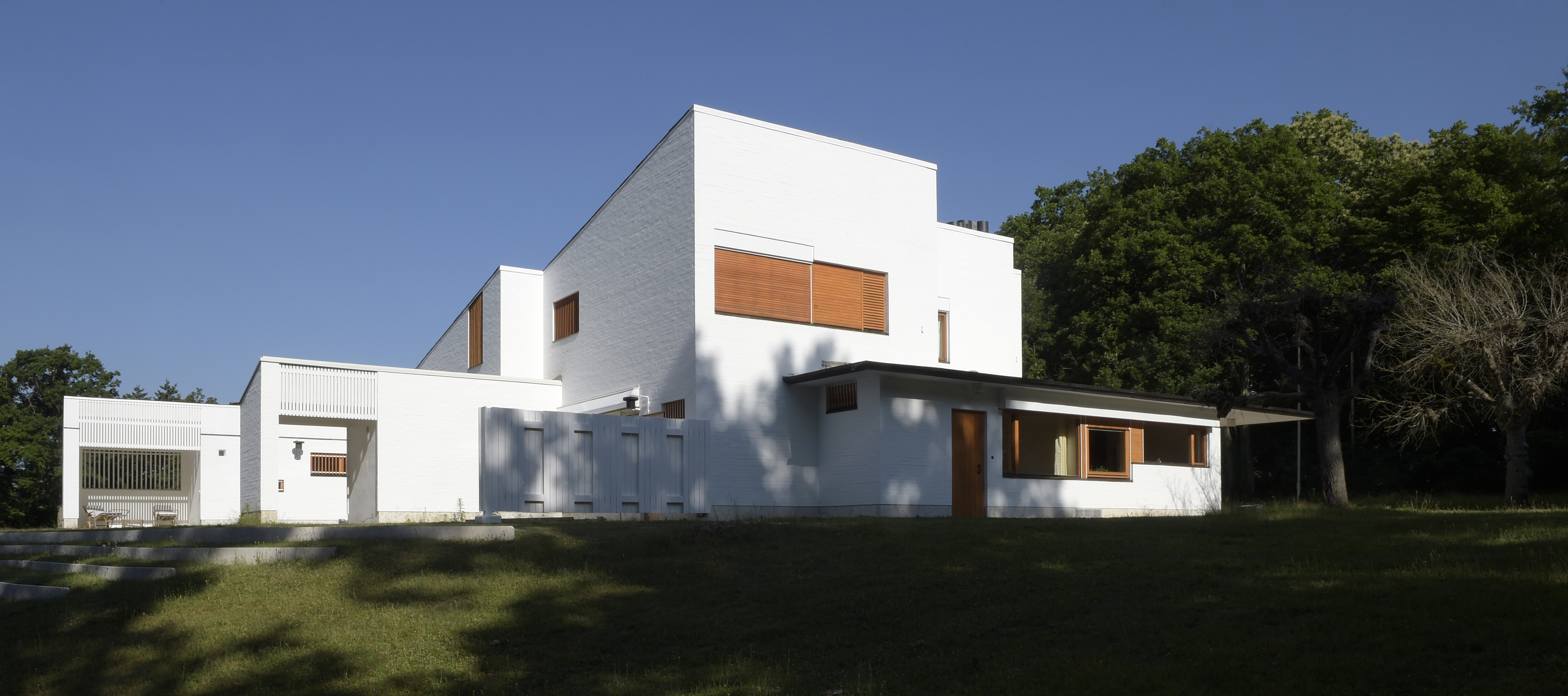 Maison Louis Carré, the only Alvar Aalto house in France, reopens after restoration
Maison Louis Carré, the only Alvar Aalto house in France, reopens after restorationDesigned by the modernist architect in the 1950s as the home of art dealer Louis Carré, the newly restored property is now open to visit again – take our tour